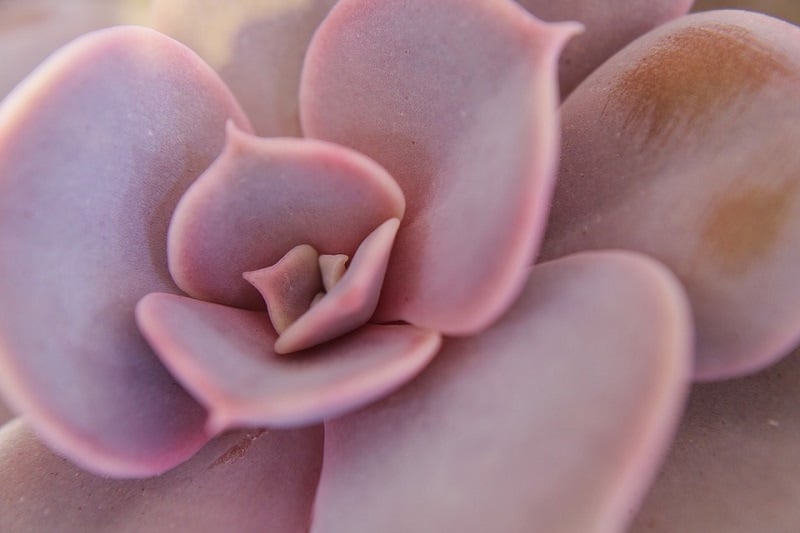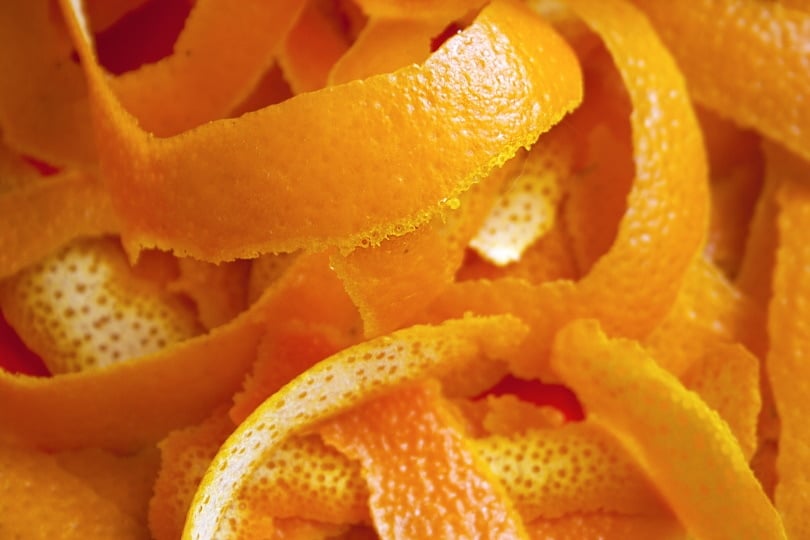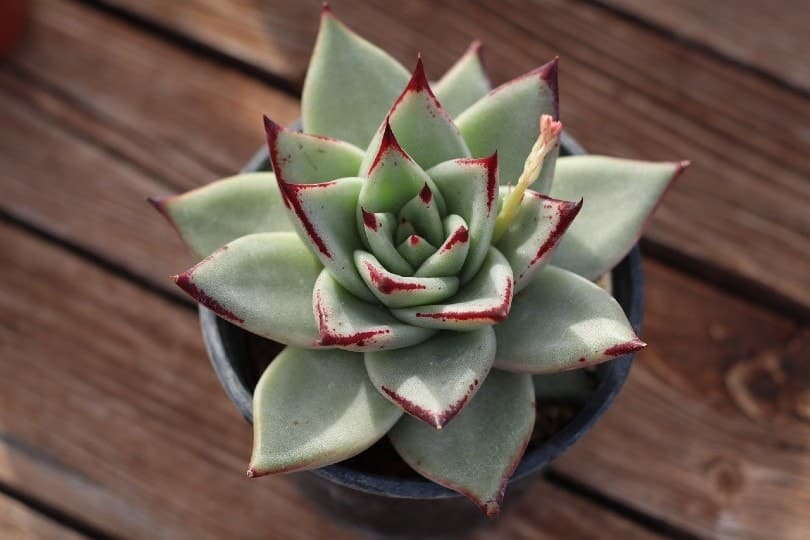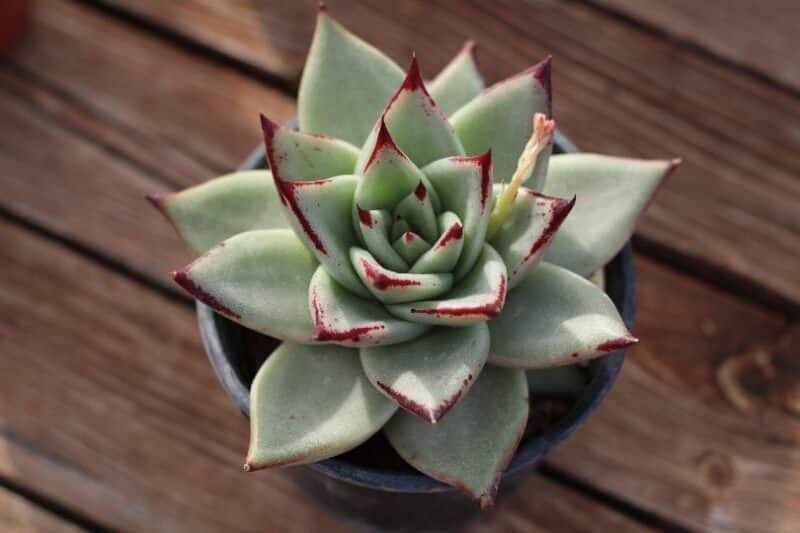Click to Skip Ahead
Echeveria comprises about 150 different species of succulent plants from the Crassulaceae family. These plants are native to Texas and Argentina, but some varieties can be found in places like Hawaii. Echeveria plants tend to be part of many households throughout the southern United States and South American countries, so it makes sense that cats will come into contact with them. However, what may not be so clear is whether Echeveria is poisonous to cats or if it is safe for them to be around.
The Echeveria is a succulent that is safe for cats. We put together all the information you need about Echeveria and cats right here.
Echeveria Is Not Poisonous to Cats!
According to the ASPCA and other outlets, the Echeveria is not poisonous to cats in any way1. These hardy succulents almost always take a top spot on the list of succulents that are safe to grow around cats and dogs. They are easy to grow, have striking features, and won’t get ruined if your furry family member decides to nibble on them.
There are no psychological or physical side effects to worry about if your cat nibbles some Echeveria, and it doesn’t result in a cat “spacing out” like they might after sniffing or nibbling on catnip. Echeveria is also more eye-appealing than many other cat-safe plants.

Types of Succulent Plants to Consider Growing in Your Household
There are many different kinds of succulent plants that your cat can safely live with and that you can adore. One such option is the Echeveria Elegans, also known as the Mexican snowball. It has blue-green coloring and produces cute pink flowers during its blooming season.
- Echeveria pulvinata
- Aeonium canariense
- Gasteria
- Sempervivums
- Sedum morganianum
These options will be great additions to a home garden, with or without cats living there. Try growing a variety of Echeveria to enhance the look and feel of your indoor or outdoor landscape.
Keeping Your Cats Away From Plants
Just because Echeveria is safe for cats doesn’t mean you necessarily want your cat messing with your plants. Luckily, there are a few things that you can do to keep your feline family members from clawing at and munching on plants.
Try one or more of the following suggestions:
- Utilize Citrus Peels. Cats don’t like the smell of citrus and will stay away whenever possible. Placing citrus peels in the soil around your plants should keep your kitty from trying to mess with them.
- Hang the Plants. Consider hanging your plants from the ceiling or window sills in your home where your cat cannot get to them.
- Grow Catnip Plants. Growing a couple of catnip plants in your home will give your cat their own plants to chew on, making them more likely to leave the others alone.

Final Thoughts
Echeveria plants are beautiful, easy to grow, and safe for cats. Therefore, there is no need to worry about growing these plants indoors unless your kitty messes with them somehow. In that case, there are things that you can do to keep your cat away from your Echeveria plants at home.
Featured Image Credit: TuJardínDesdeCero, Pixabay












